Good Laptops For Under 500
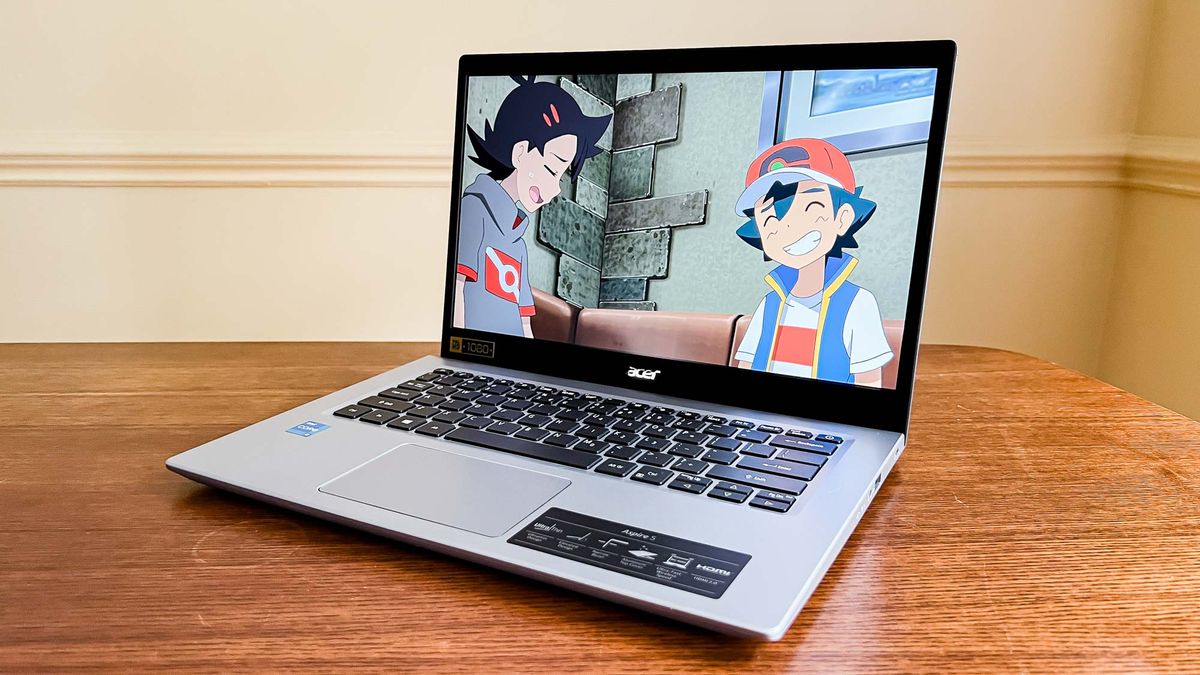
So, you need a laptop, but you're on a budget? You're in the right place. This guide is designed for first-time laptop buyers, folks who need a reliable machine without breaking the bank. We'll explore the best laptops under $500, helping you make a smart purchase.
Why bother with a laptop in the first place? Laptops offer portability and versatility unmatched by desktop computers. They're essential for students, remote workers, and anyone who needs to stay connected on the go.
Top 5 Laptops Under $500: A Quick Comparison
| Model | Price (USD) | Processor | RAM | Storage | Warranty |
|---|---|---|---|---|---|
| Lenovo IdeaPad 3 | $400 | AMD Ryzen 3 | 8GB | 256GB SSD | 1 Year |
| HP Chromebook 14 | $300 | Intel Celeron N4020 | 4GB | 32GB eMMC | 1 Year |
| Acer Aspire 5 | $450 | AMD Ryzen 3 | 8GB | 256GB SSD | 1 Year |
| Dell Inspiron 15 3000 | $480 | Intel Celeron N4500 | 8GB | 256GB SSD | 1 Year |
| ASUS Vivobook L210 | $250 | Intel Celeron N4020 | 4GB | 64GB eMMC | 1 Year |
Detailed Reviews
Lenovo IdeaPad 3
The Lenovo IdeaPad 3 offers a great balance of performance and affordability. Its AMD Ryzen 3 processor and 8GB of RAM provide smooth multitasking for everyday tasks. The 256GB SSD ensures fast boot times and application loading.
HP Chromebook 14
For those who live in the cloud, the HP Chromebook 14 is a solid choice. Chromebooks are known for their simplicity and security. This model is lightweight and offers excellent battery life, perfect for students and travelers.
Acer Aspire 5
The Acer Aspire 5 boasts a larger screen and comfortable keyboard. Its AMD Ryzen 3 processor handles productivity tasks with ease. The 256GB SSD provides ample storage for documents and media.
Dell Inspiron 15 3000
The Dell Inspiron 15 3000 is a reliable workhorse. Its Intel Celeron N4500 processor is sufficient for basic computing needs. 8GB of RAM allows smoother multitasking.
ASUS Vivobook L210
The ASUS Vivobook L210 is the most budget-friendly option on our list. It's ultra-portable and ideal for light tasks like browsing and writing. However, the 64GB eMMC storage is limited, so consider cloud storage solutions.
Used vs. New: Weighing Your Options
Should you buy a used laptop to save even more money? Let's examine the pros and cons.
Used Laptops: Pros
- Lower price: Significant savings compared to new models.
- Potentially better specs: You might find a higher-end model from a previous year within your budget.
Used Laptops: Cons
- Uncertain history: You don't know how well the previous owner treated the laptop.
- Limited or no warranty: Repairs can be costly.
- Battery degradation: Batteries degrade over time, reducing battery life.
New Laptops: Pros
- Full warranty: Protection against defects and malfunctions.
- Pristine condition: No cosmetic damage or wear and tear.
- Up-to-date technology: Benefit from the latest features and performance improvements.
New Laptops: Cons
- Higher price: You'll pay more upfront.
- Potentially lower specs: You may have to compromise on performance to stay within your budget.
Buying used can be a good option if you're tech-savvy and willing to take a risk. However, for most first-time buyers, a new laptop with a full warranty is the safer choice. Look for certified refurbished options from reputable retailers for a good compromise.
Reliability Ratings by Brand
Laptop reliability is crucial. Certain brands have consistently demonstrated better track records than others. Research indicates that Apple and Lenovo generally receive high marks for reliability. HP and Dell are also generally reliable, while Acer and ASUS can be more variable.
These ratings are based on data from various sources, including consumer surveys and repair statistics. However, individual experiences can vary, so consider these ratings as a general guideline.
Checklist: 5 Must-Check Features Before Buying
Before you click "buy," make sure your chosen laptop meets these criteria:
- Processor: An Intel Core i3 or AMD Ryzen 3 processor is recommended for everyday tasks. Avoid Intel Celeron or Pentium processors if possible, unless your needs are very basic.
- RAM: 8GB of RAM is ideal for multitasking and running multiple applications simultaneously. 4GB is the bare minimum, but it may feel sluggish.
- Storage: Opt for an SSD (Solid State Drive) over a traditional HDD (Hard Disk Drive). SSDs are much faster, resulting in quicker boot times and application loading. 256GB is a good starting point.
- Screen: A 14-inch or 15.6-inch screen is a good balance of portability and usability. Look for a resolution of at least 1920x1080 (Full HD).
- Ports: Ensure the laptop has the ports you need, such as USB ports, an HDMI port, and a headphone jack.
Don't overlook keyboard comfort and touchpad responsiveness! Read online reviews to get a sense of other users' experiences.
Summary
Choosing a laptop under $500 requires careful consideration. We explored the top models, weighed the pros and cons of buying used versus new, and highlighted key features to check before making a purchase. Remember that reliability is key, so factor in brand reputation.
Consider your specific needs and usage scenarios. A Chromebook may be perfect for a student who primarily uses web-based applications, while a Lenovo IdeaPad might be better suited for someone who needs to run more demanding software. Think carefully about your priorities.
Before you buy, consider your budget, usage needs, and preferred brand. Carefully review all the factors mentioned. Make an informed decision.
Ready to Buy?
Now that you're equipped with the knowledge you need, start browsing! Compare prices, read reviews, and find the perfect laptop for your needs and budget. Happy shopping!
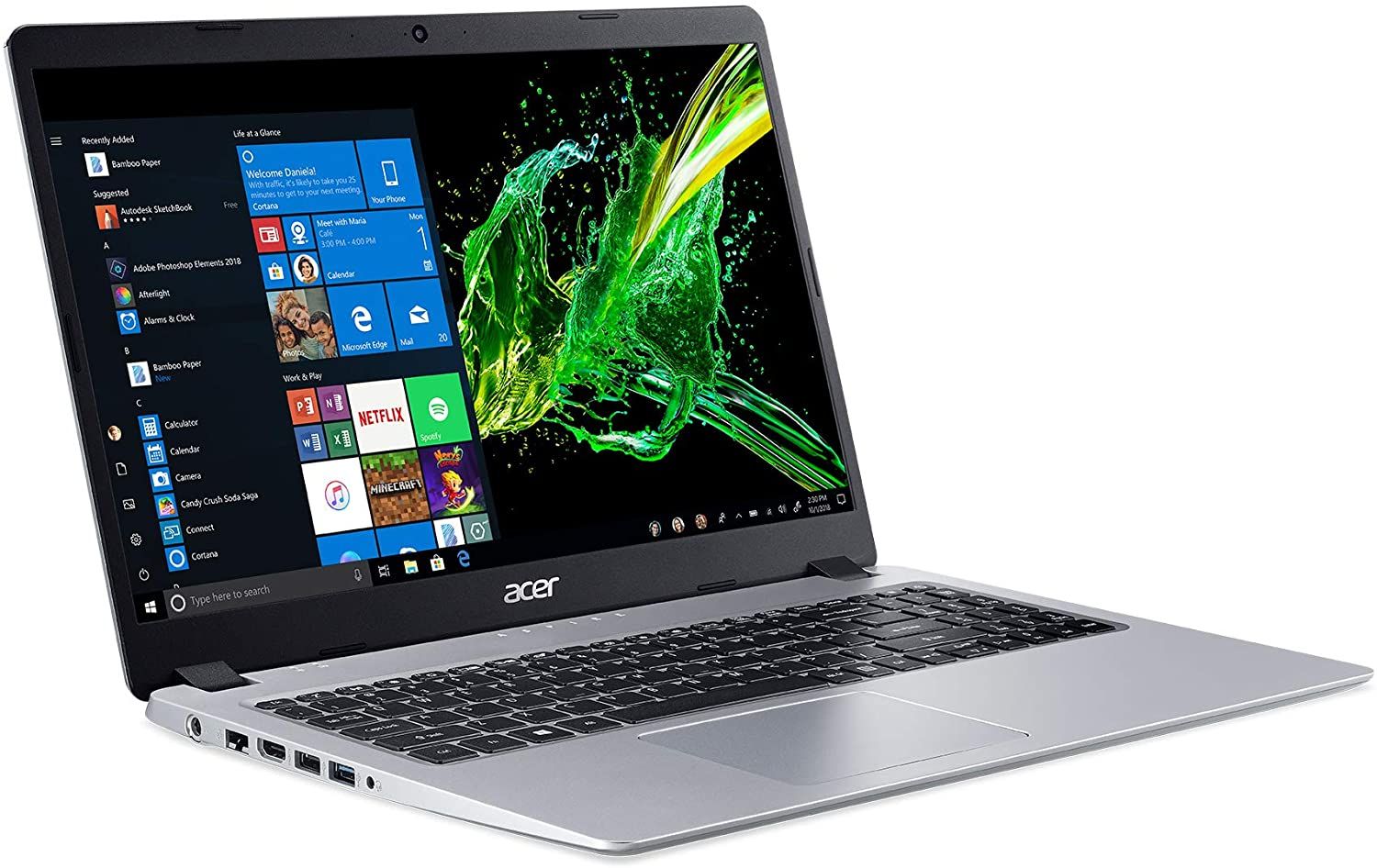

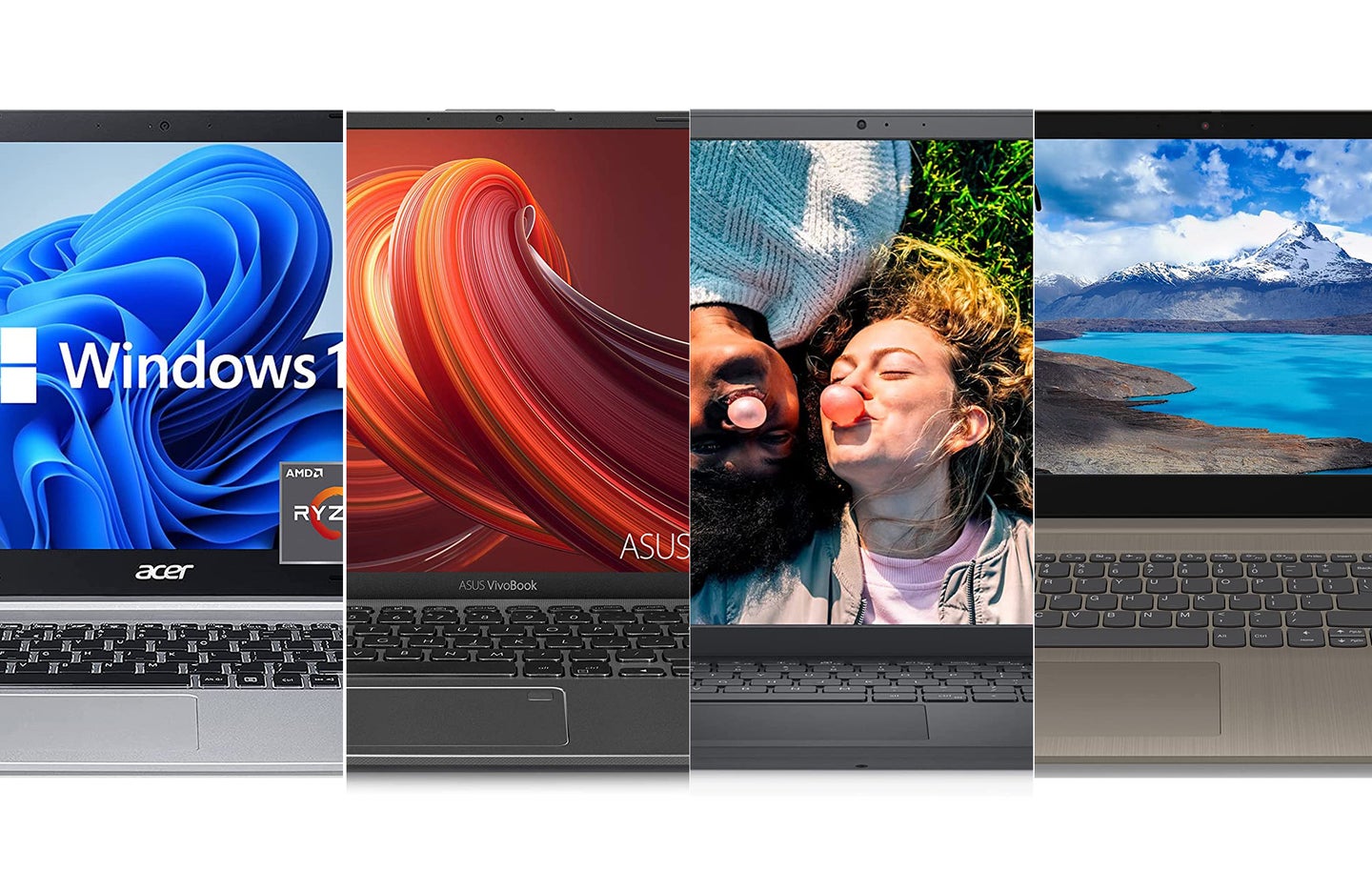
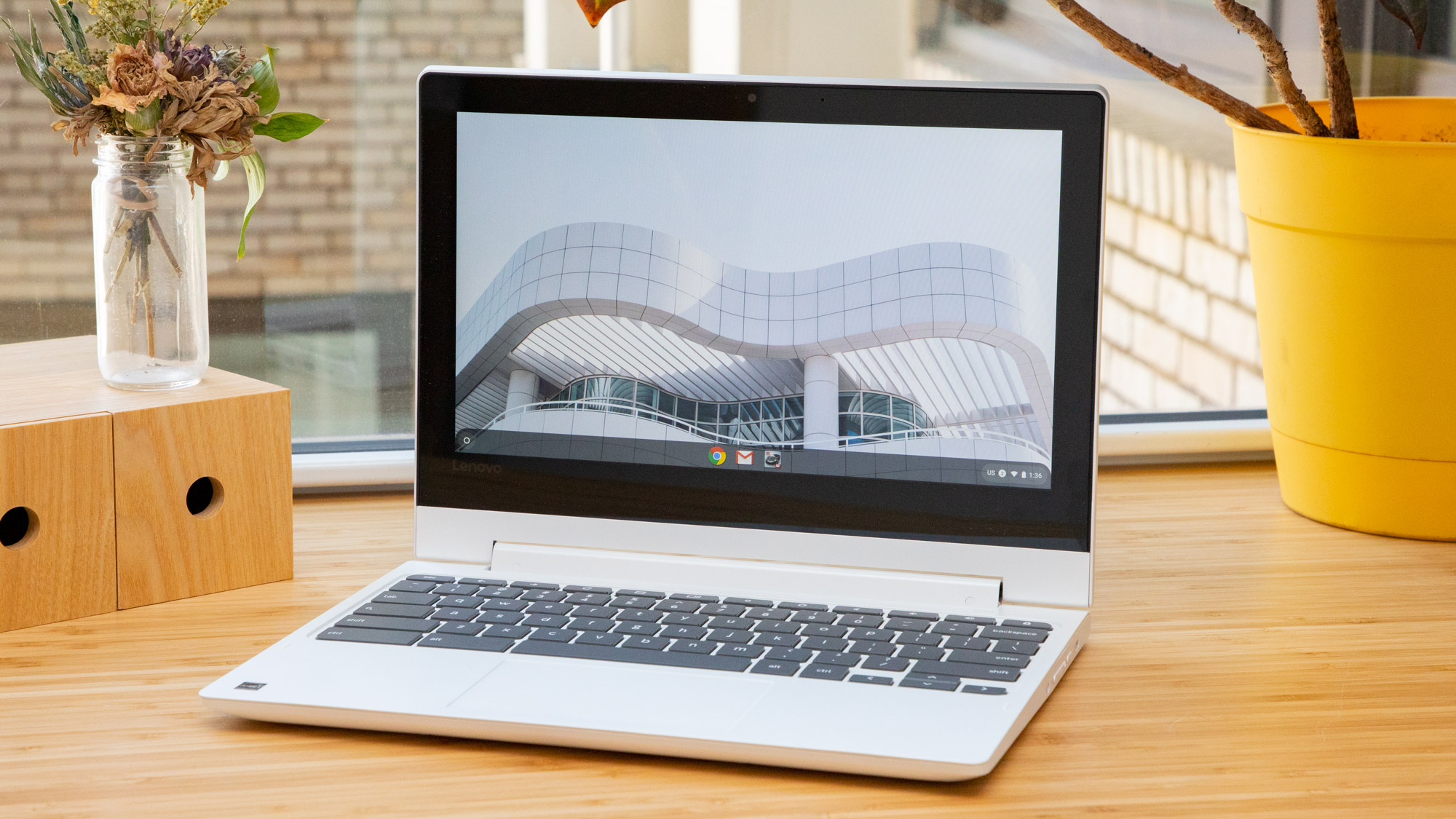

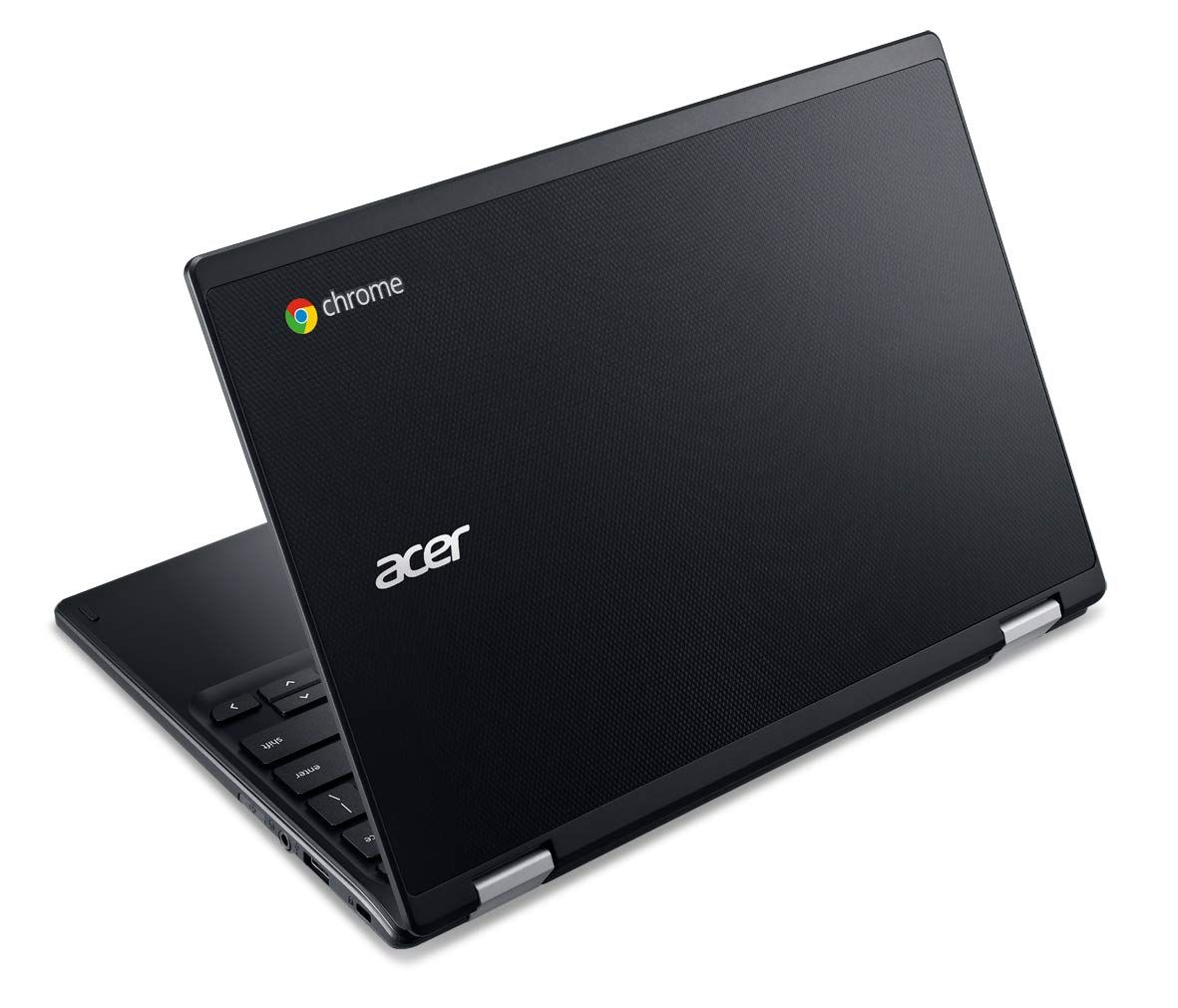
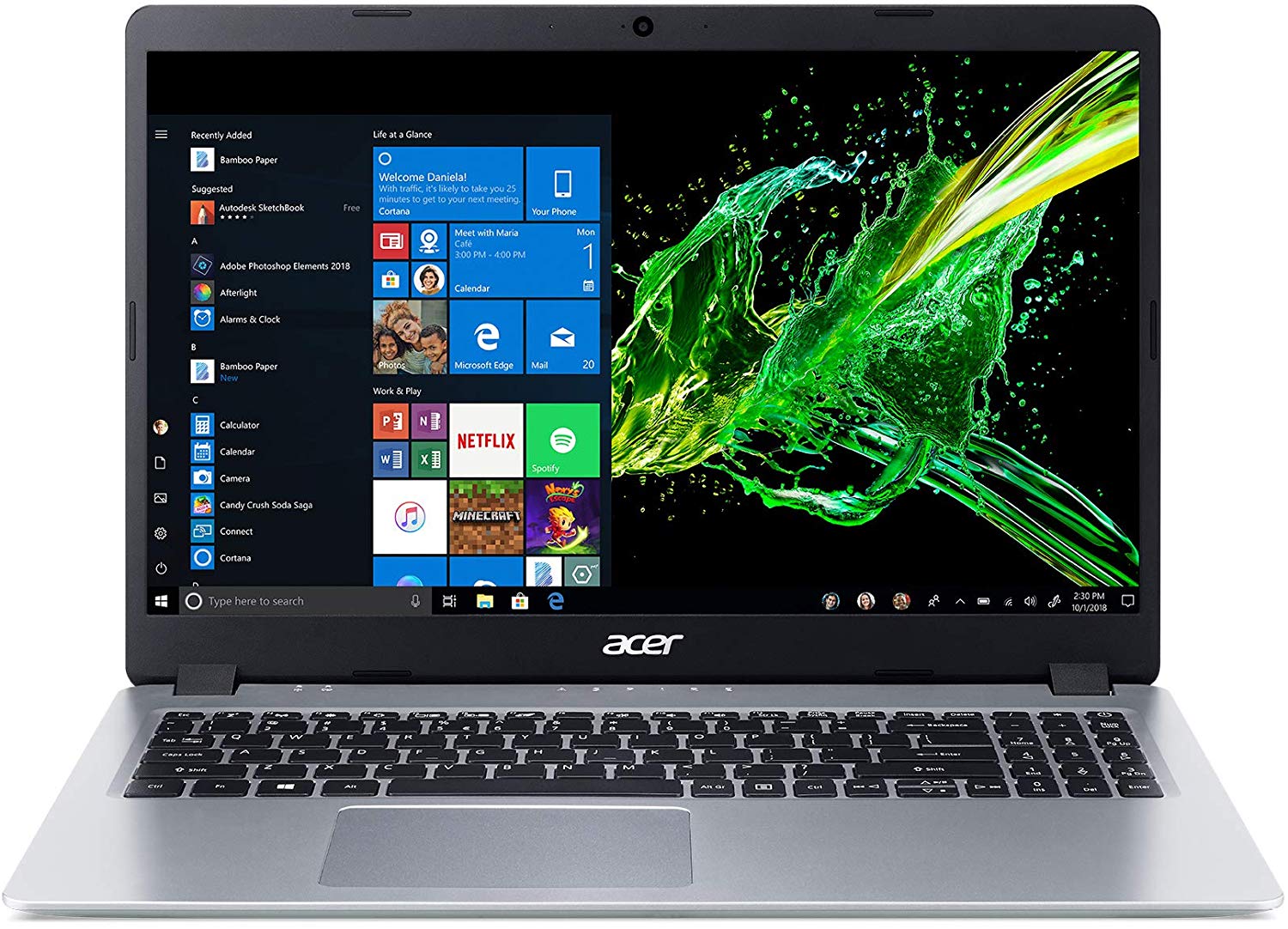
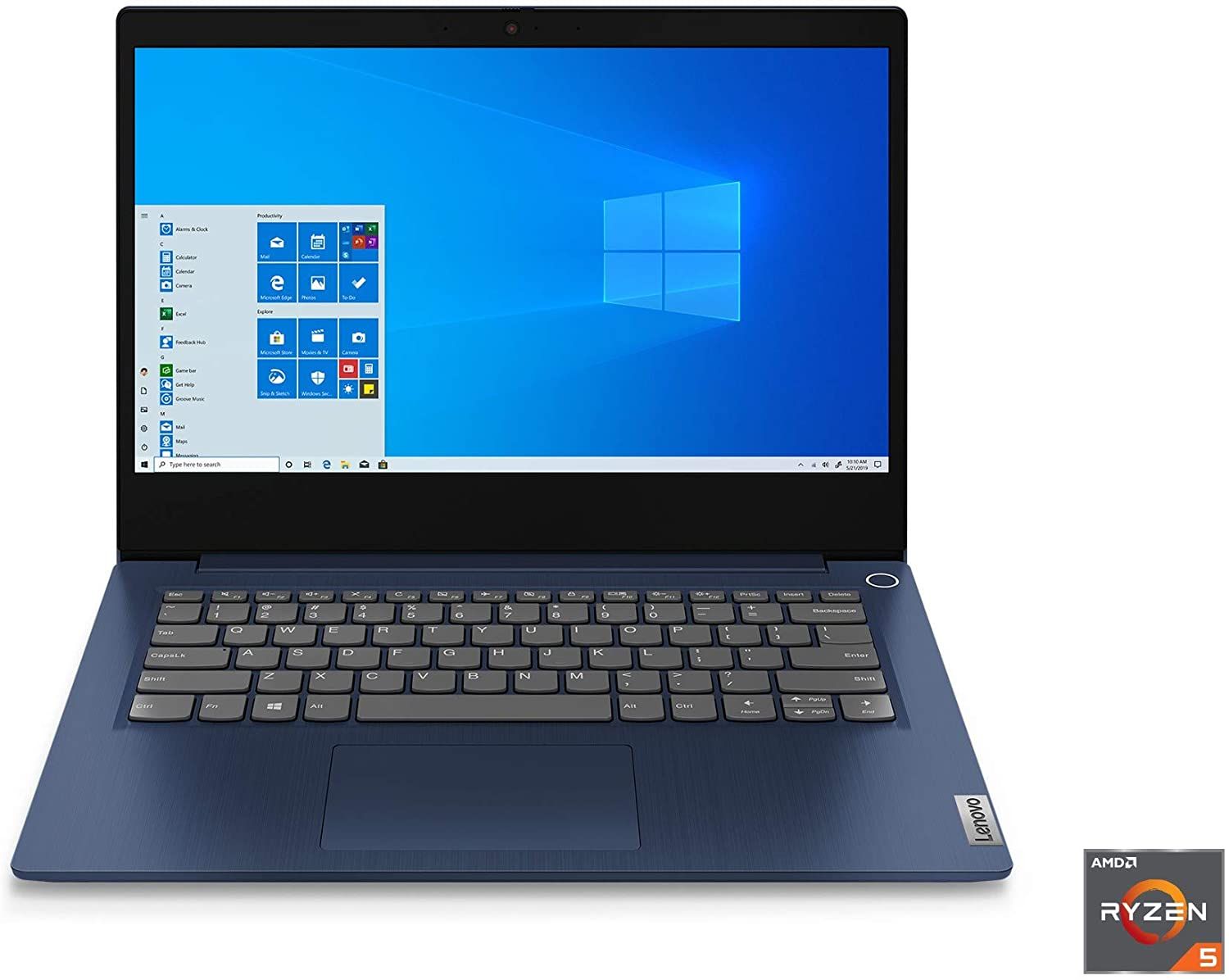
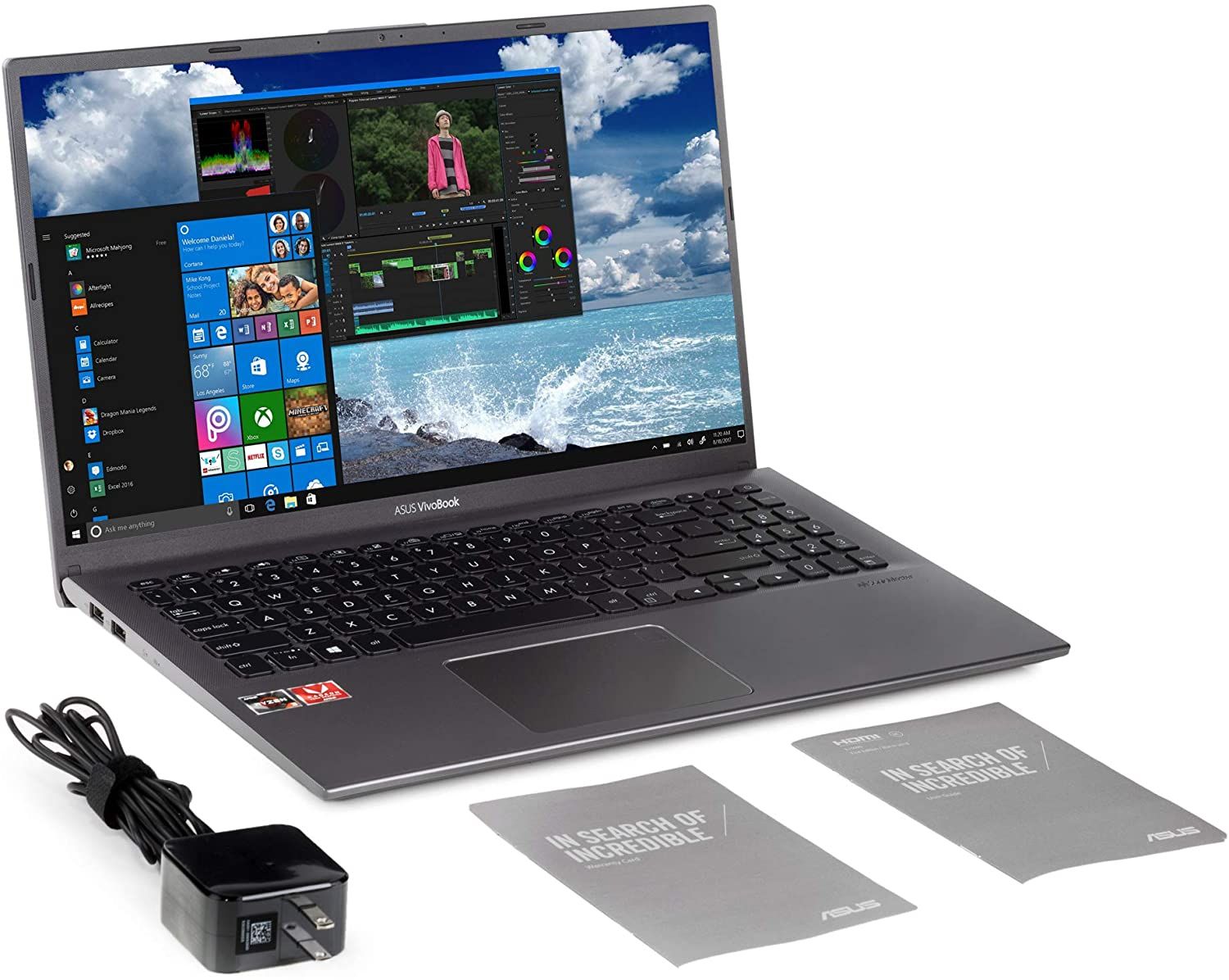

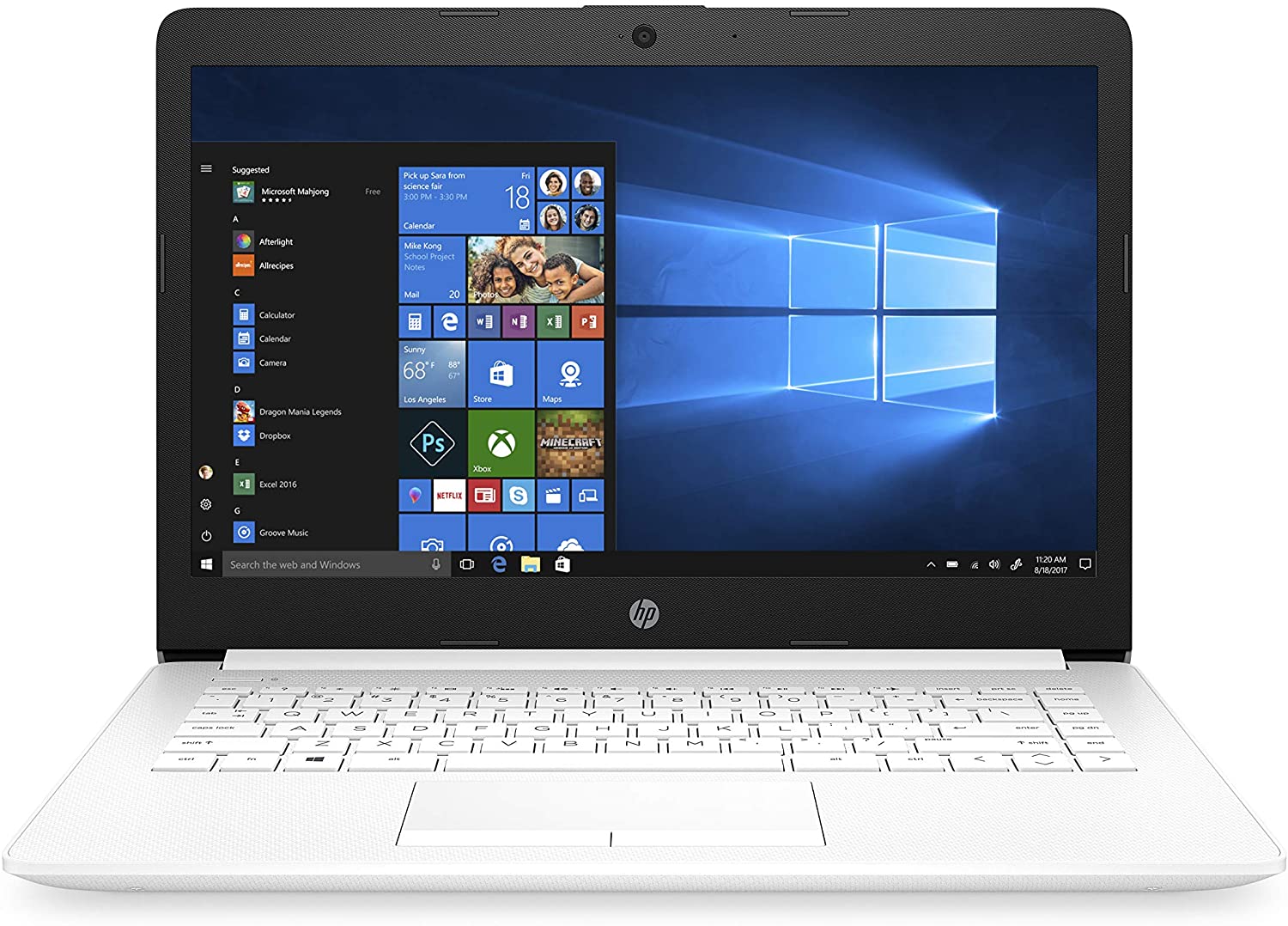
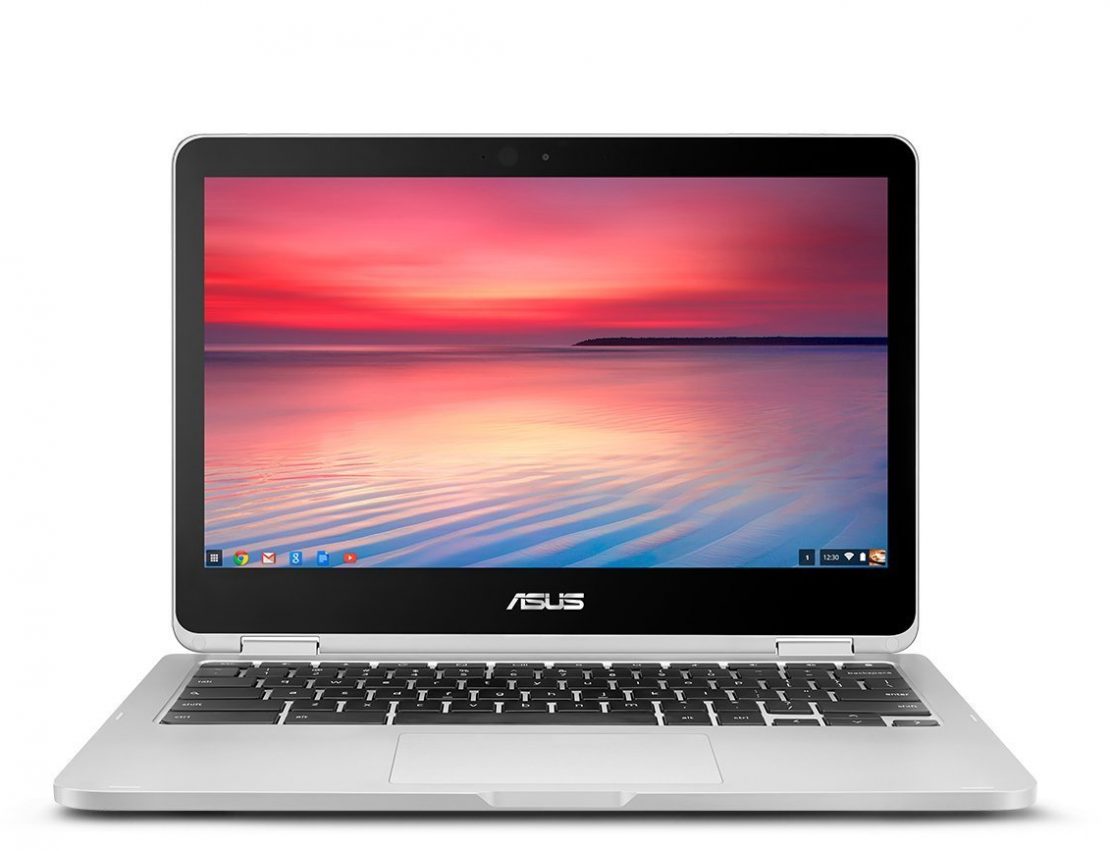
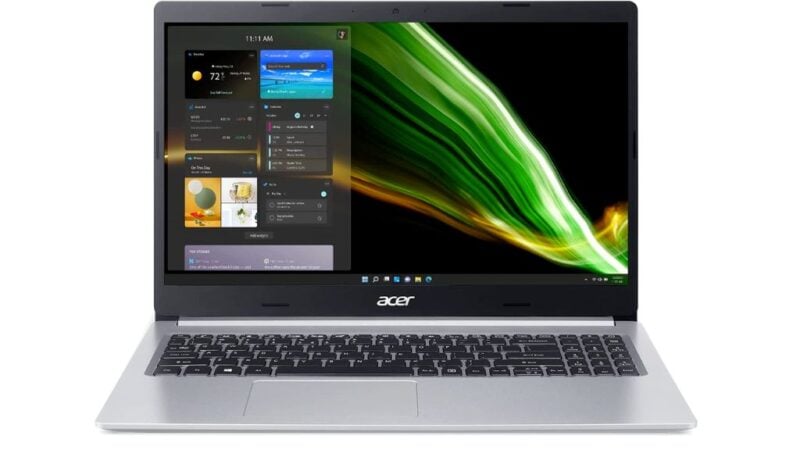
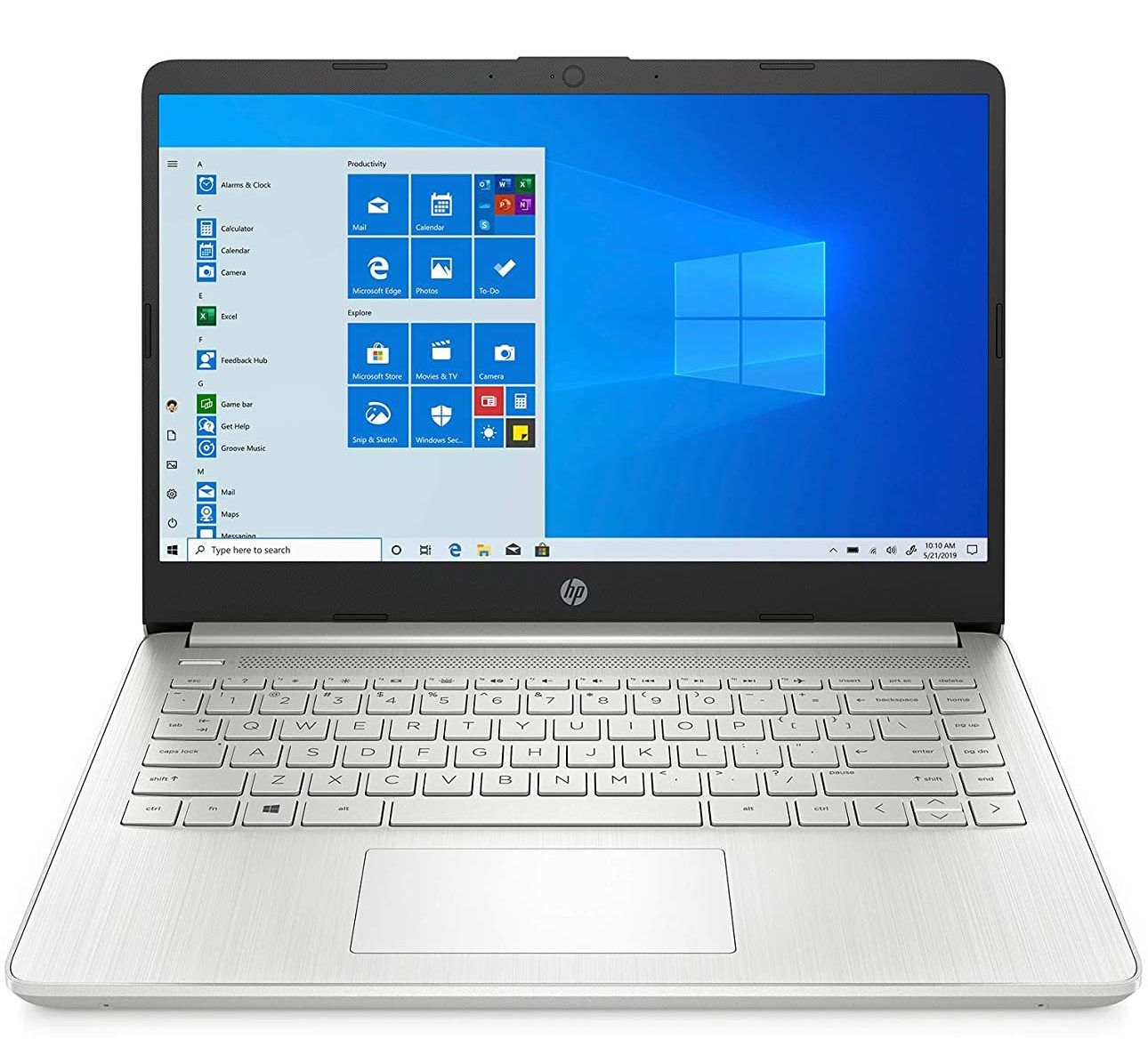

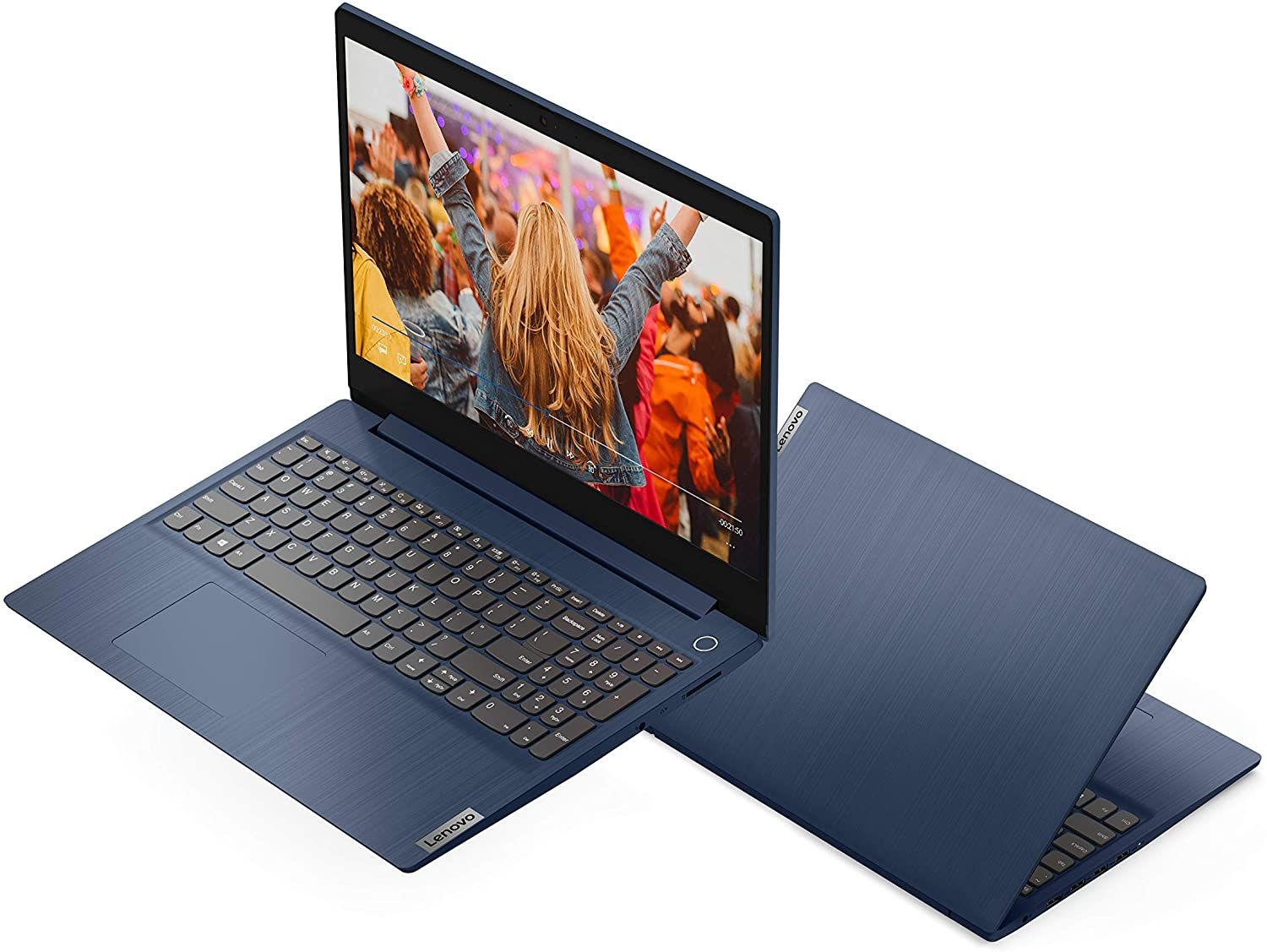
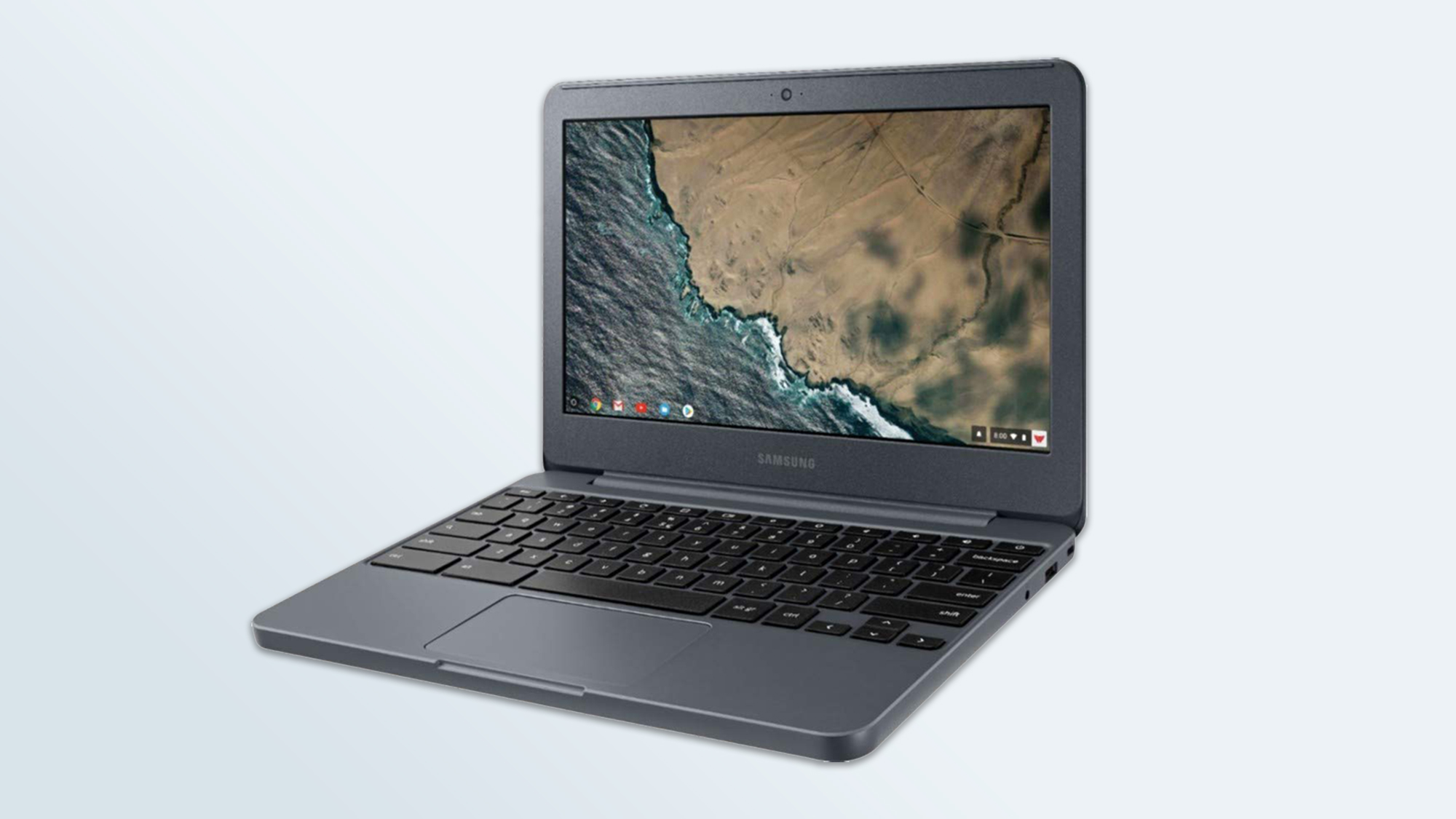
![Good Laptops For Under 500 Best Gaming Laptops Under $500 In 2022 [Tested 52+ Games]](https://www.saltmoney.org/wp-content/uploads/2021/01/Best-Gaming-Laptops-Under-500-Review-1024x576.png)
